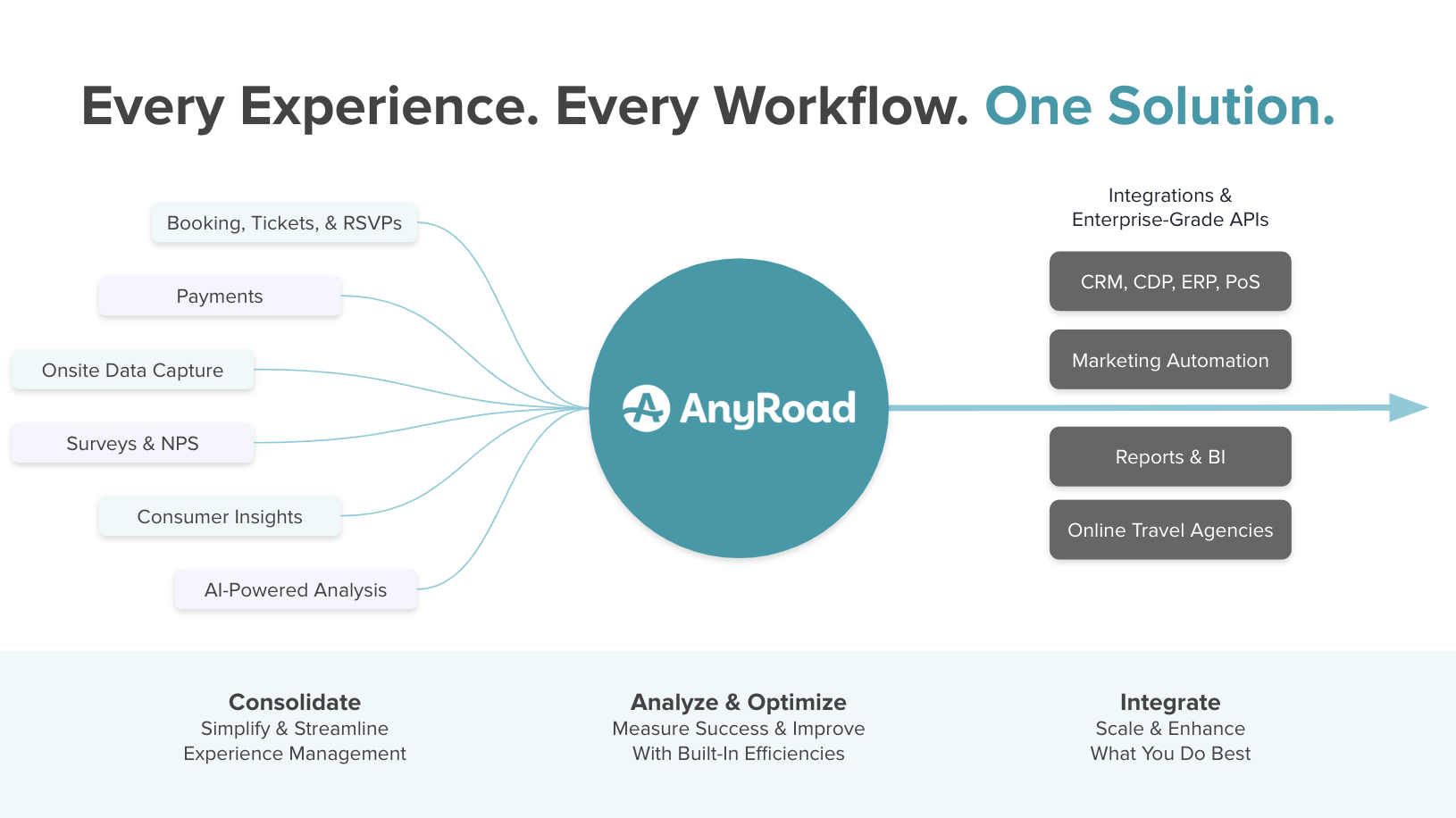What are Psychographics?
Psychographics are the characteristics and traits that define a particular group of people, such as their attitudes, values, interests, and lifestyles. Essentially, psychographics aim to give a more nuanced understanding of consumers beyond the usual demographics like age and gender. By gathering information on these variables, companies can create more targeted marketing campaigns catered to specific groups of people.
Types of Psychographics
Opinions
Opinions are a key aspect of psychographics that help to paint a fuller picture of a person's personality and motivations. They encompass everything from political beliefs to preferred brands and products. By analyzing opinions along with other data points, businesses and organizations can better target their messaging and create more effective marketing strategies that speak to the beliefs and perspectives of the target consumers.
Values
Values in psychographics refer to the beliefs and principles that drive consumer behavior. This concept delves deeper into the consumer's mindset, focusing on their attitudes and perceptions rather than just their demographic or geographic characteristics. Through values research, businesses can identify the principles that matter most to their customers, allowing them to craft messaging, experiences, and sponsorships that resonate with their audience.
Behavior
Behavior in psychographics refers to the study of individuals' actions, decisions, and responses based on their attitudes, values, lifestyle, and personality. By understanding the customer's behavior patterns, businesses can tailor their marketing message and strategy to better cater to their target audience's needs and preferences.
Interests
Interests in psychographics refer to the activities, hobbies, and topics that individuals find appealing. These interests can be used to segment a target audience and provide insights into their behaviors and motivations. By using interests in psychographic profiles, brands can pinpoint which products and services will be more popular with their target audience, and which won’t resonate as well.
Benefits of Psychographics
Better Consumer Understanding
Understanding your customers is key to building a successful business. While demographics provide basic information about your target market, psychographics dive deeper into the values, beliefs, attitudes, and behaviors that drive their decision-making. By analyzing psychographic data, businesses can tailor their marketing messages, products, and services to their customers' needs and preferences.
More Impactful Messaging
With psychographics, businesses can develop a deeper understanding of their audience and craft messaging that speaks directly to their needs, wants, and desires. Factors like personality, lifestyle, interests, and values all contribute to building a better consumer profile to tailor messaging and communications o.
Pschographics Frequently Asked Questions
What are Psychographics?
Psychographics are the characteristics and traits that define a particular group of people, such as their attitudes, values, interests, and lifestyles.
Can Demographics and Psychographics be used together?
Yes, demographics and psychographics can and should be used together. Both methods of understanding a consumer contribute to a full understanding of a buyer.
What’s included in Psychographics?
Psychographic traits include opinions, values, behavior, and interests.



%204.50.48%E2%80%AFp.m..png)
%2012.57.51%E2%80%AFa.m..png)